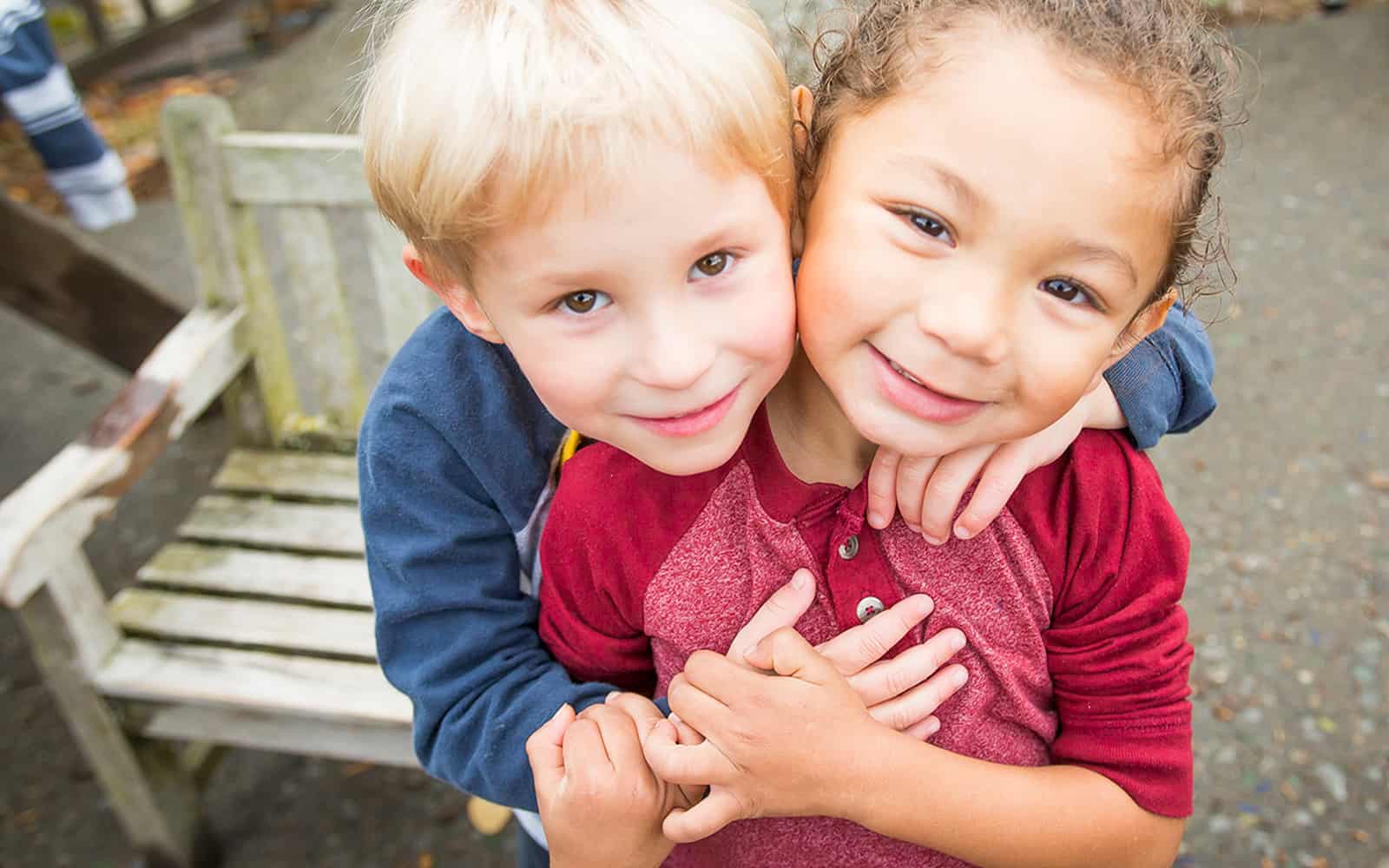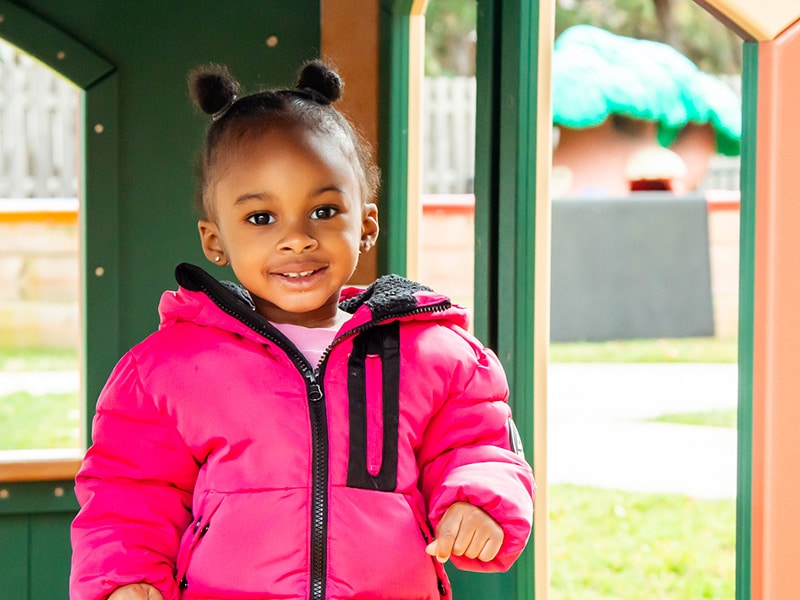The earlier that we can start to help our children understand their emotions, the better the outcome in raising kind, empathetic children. Brain scientists, educators, economists and public health experts all agree that building a good foundation for healthy relationships begins at birth. The earlier that your child can adapt and develop key social-emotional skills—like attentiveness, persistence and impulse control—the sooner they can begin engaging in healthy social interactions with peers.
Young children aren’t necessarily born with the skills to engage in healthy relationships; they are born with the potential to develop them. With young children, it’s important that parents teach empathy by being the example. Show empathy daily to your children, family, and others in your community during your day. When empathy is shown by the parent, talk that through with your child by being attentive to their feelings. Use language like “I know that was hard for you, you seemed sad but you’re safe and loved.” This language will help children to be aware of their own emotions and feelings, in turn helping them be empathic to others.



 The We Care Center provides a way for family members to express caring and empathy for others. Fill your We Care Center with supplies like minor first aid items (Band-Aids, wet wipes, hand sanitizer, scented lotion), card-making supplies (preprinted cards, paper, crayons, sentence starters), and a tiny stuffed animal for cuddling.
The We Care Center provides a way for family members to express caring and empathy for others. Fill your We Care Center with supplies like minor first aid items (Band-Aids, wet wipes, hand sanitizer, scented lotion), card-making supplies (preprinted cards, paper, crayons, sentence starters), and a tiny stuffed animal for cuddling.
